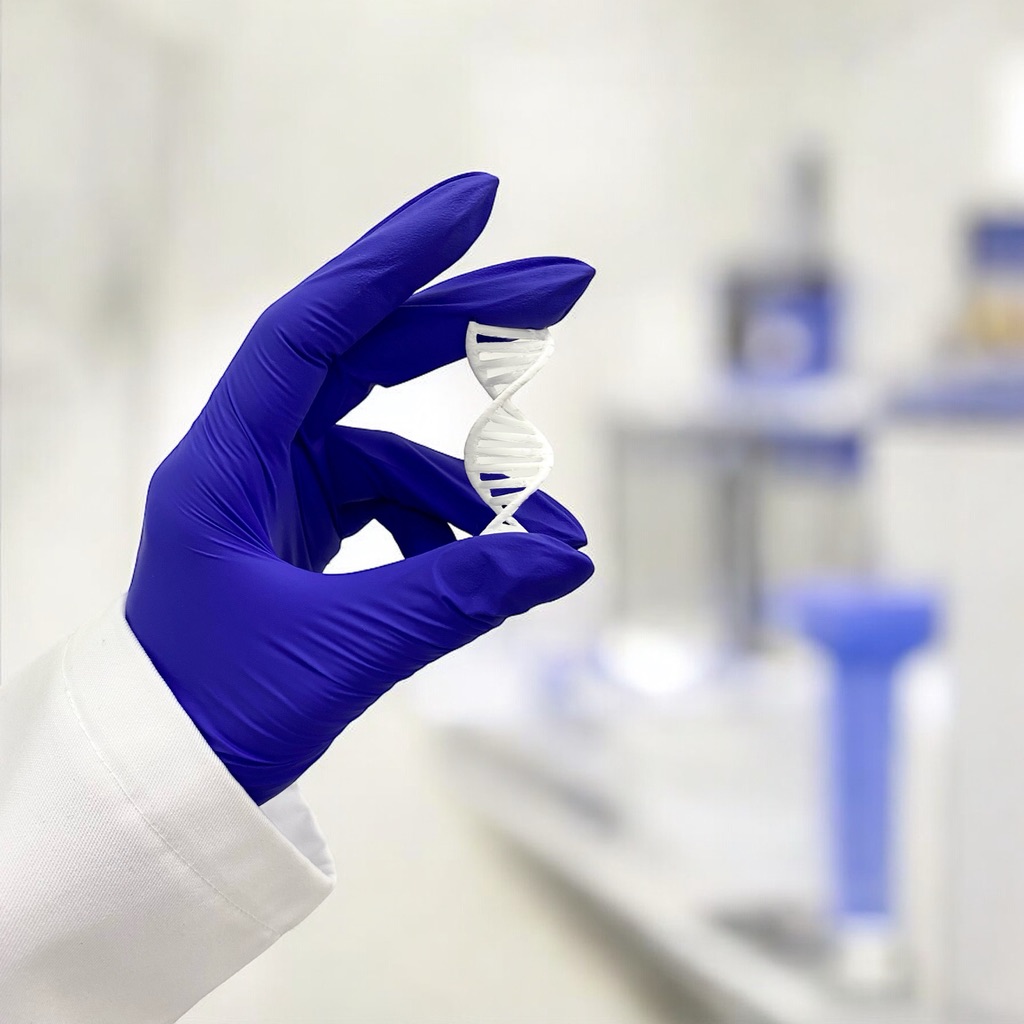
The BioCloner technology is constantly evolving. In collaboration with scientists, we are improving and modernizing our solutions while striving to ensure they have a real impact on the advancement of medicine. 3D bioprinting is offering increasingly better possibilities every day — including the potential to create personalized prosthetics.
Prosthetics developed using 3D bioprinting could revolutionize the field of prosthetics in the near future. Their development will be a major step forward.
Why?
- Prosthetics printed using 3D bioprinting technology will take into account the patient's biomechanics and will be able to meet their individual needs — for example, specialized prosthetics designed for sports activities.
- With the use of 3D scanning technology, it is possible to replicate the patient’s anatomical features. This enables the creation of implants with a more natural appearance, allowing them to resemble the patient’s actual limbs.
- The prosthetic bioprinting process uses bio-inks — biomaterials that contain living cells. This approach enables biocompatibility with the specific body for which the personalized print is intended. As a result, the prosthetics will integrate more effectively with the surrounding tissues, reducing the risk of rejection.
- An incredible vision is the integration of bioprinted prosthetics with the nervous system. In the future, they have the potential to interact with the patient's neurological system, allowing the prosthetic to be controlled by electrical impulses sent from the brain — and even to receive sensory feedback, such as temperature or touch.
Research is ongoing, and visions are gradually becoming reality. In the coming years, bioprinting prosthetics may become a standard in medicine. And even more — implants integrated with the body and connected to the nervous system will improve people’s lives and mark a breakthrough in the field of prosthetics.

